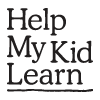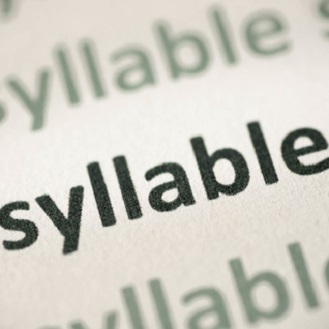What to do with this activity?
What is a syllable? If you say a word out loud it sometimes breaks into sound chunks. For instance, the word "understand" breaks into three sound chunks - "un", "der" and "stand". Show your child how to clap each sound chunk or syllable. Breaking a long word down into smaller pieces or syllables can help your child with reading and spelling.
Your child might recognise some syllables that turn up over and over again in different words. For instance, the syllable "-ing" is at the end of lots of words, like "paint-ing", "king", and "ring". By recognising syllables that turn up a lot, your child will gain confidence in reading and spelling.
If you would like to read more about syllables have a look at this link from Australian website Kidspot.
-
Why am I doing this?
The written word is everywhere and by pointing out words around you everyday, your child will realise the usefulness of reading and how it brings information and knowledge of the wider world into your lives.
Reading together shows your child that you think reading is important. It helps your child to link the words on the page to how they are spoken and to begin to recognise words.
-
How can I do more?
Encourage your child to read by giving them books or information about what they are interested in, for example, if they are interested in cars, give them books about cars – it’s a great motivator. Use comics, magazines and newspapers to provide lots of new words and facts. Your child can use the pictures for information about the words they are reading.
Read longer books to your child. This will help with memory.
You could do ‘paired reading’ – your child chooses a book or comic to read.
- At first, both of you read aloud together. When the child is ready, they carry on reading alone.
- If they don’t know a word, you say it for them and both of you continue to read together until they are ready to read alone again.
- No pressure is made to get them to read by themselves. They only do it when they are ready. This is useful with older children when they find text books difficult.Your child might like to practise their reading skills by reading to younger children.
Discuss with your child’s teacher if they are having difficulty reading.
Rate this activity
![]()
![]()
![]()
![]()
![]()
Based on 3 reviews
How would you rate it?
1 = Poor, 5 = Great.



